Home>Gardening & Outdoor>Landscaping Ideas>What Is Grass-Fed
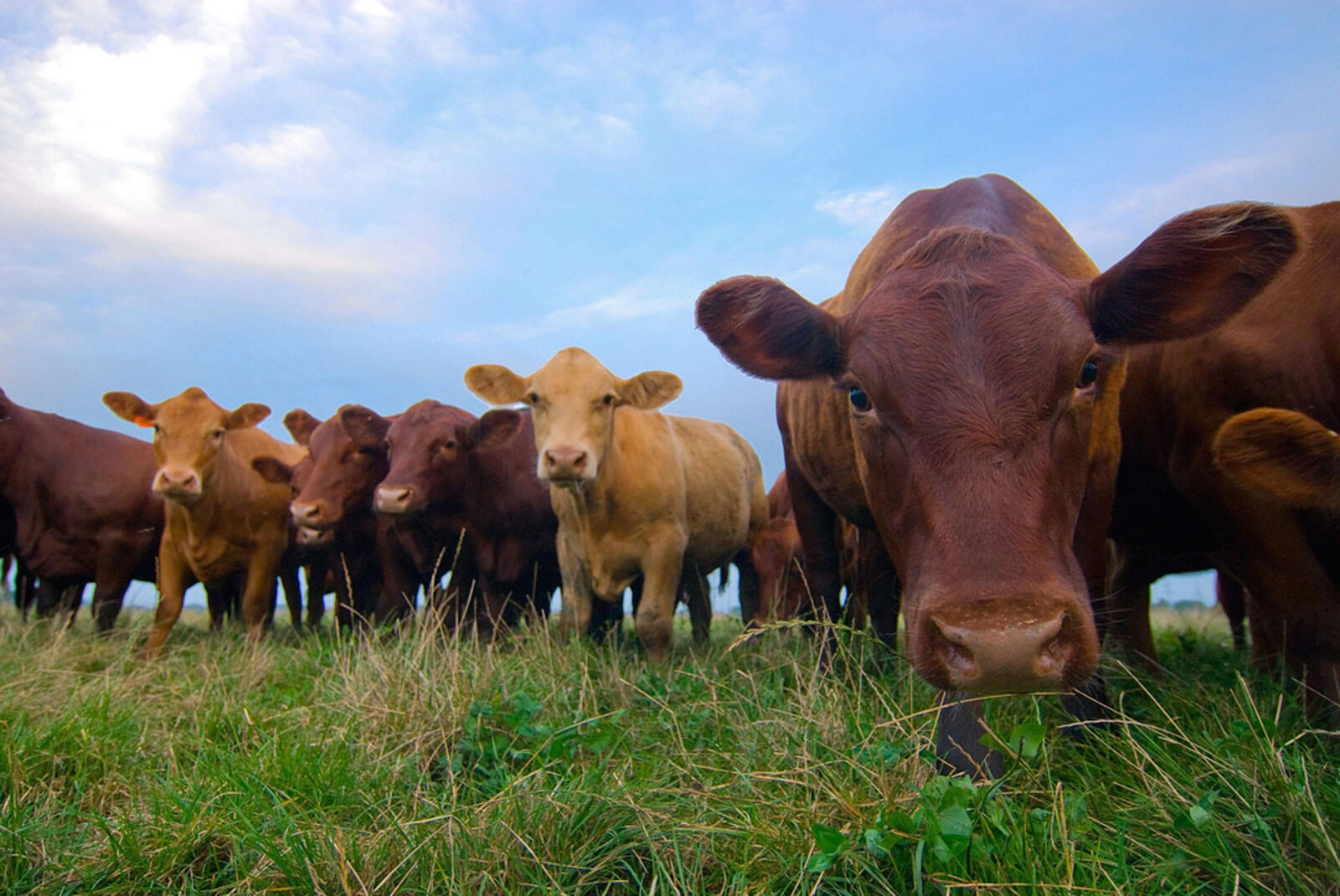

Landscaping Ideas
What Is Grass-Fed
Modified: September 2, 2024
Discover the benefits of grass-fed landscaping and get inspired with creative landscaping ideas to enhance your outdoor space. Learn how to create a sustainable and beautiful landscape with grass-fed practices.
(Many of the links in this article redirect to a specific reviewed product. Your purchase of these products through affiliate links helps to generate commission for Storables.com, at no extra cost. Learn more)
Introduction
Welcome to the lush green world of grass-fed livestock and the sustainable, nutrient-rich landscape it cultivates. In an age where the origin of our food is of paramount concern, the concept of grass-fed livestock has garnered significant attention. This agricultural practice not only resonates with the growing desire for organic and ethically sourced products but also holds the potential to revolutionize the way we perceive and consume meat and dairy products.
The term "grass-fed" evokes images of animals leisurely grazing on open pastures, basking in the natural sunlight, and consuming a diet that aligns with their biological needs. It signifies a departure from the conventional methods of raising livestock, which often involve confining animals in feedlots and providing them with grain-based diets supplemented with growth hormones and antibiotics.
The grass-fed movement embodies a return to traditional, sustainable farming practices that prioritize the well-being of animals, the health of consumers, and the preservation of the environment. By delving into the realm of grass-fed livestock, we embark on a journey that transcends mere sustenance, offering a holistic approach to food production that intertwines with nature's rhythms.
Join us as we delve into the essence of grass-fed agriculture, unraveling its nutritional benefits, environmental impact, and its stark contrast with conventional feeding methods. Let's explore the verdant pastures where the concept of grass-fed thrives, and uncover the profound implications it holds for our well-being and the planet.
Key Takeaways:
- Grass-fed livestock graze on natural pastures, leading to nutrient-rich meat and dairy products with higher omega-3 fatty acids and antioxidants, promoting better health for consumers and the environment.
- Grass-fed agriculture fosters animal welfare, biodiversity, and soil regeneration, offering a sustainable and ethical alternative to conventional feeding methods, benefiting animals, consumers, and the planet.
Read more: What Is Grass-Fed Beef
Definition of Grass-Fed
At its core, the term "grass-fed" pertains to livestock, such as cattle, sheep, and goats, that primarily consume a diet of grass and forage throughout their lives. Unlike conventionally raised animals, which are often transitioned to grain-based diets in feedlots, grass-fed livestock exclusively graze on pasture or are fed dried grasses and forage during winter months.
For cattle specifically, a grass-fed diet consists of grasses such as ryegrass, fescue, and clover, along with legumes like alfalfa and birdsfoot trefoil. This natural diet aligns with the digestive physiology of ruminant animals, allowing them to efficiently metabolize the nutrients present in grass and forage.
It’s important to note that the term "grass-fed" is sometimes used interchangeably with "grass-finished." While grass-fed denotes animals that have primarily consumed grass and forage throughout their lives, "grass-finished" specifically refers to livestock that have been exclusively fed grass and forage during the latter part of their lives, typically during the finishing stage before slaughter.
Furthermore, the regulations and standards for labeling products as "grass-fed" can vary between regions and countries. In the United States, for example, the USDA (United States Department of Agriculture) has specific criteria that must be met for meat to bear the "grass-fed" label, ensuring that the animals have had continuous access to pasture throughout the growing season.
By embracing the essence of grass-fed livestock, consumers align themselves with a sustainable and ethical approach to animal husbandry. This practice not only upholds the natural dietary preferences of the animals but also fosters a deeper connection to the land and the ecosystems that sustain them.
Nutritional Benefits of Grass-Fed
The consumption of grass-fed meat and dairy products offers a myriad of nutritional advantages that distinguish them from their conventionally raised counterparts. These benefits extend beyond mere sustenance, encompassing the well-being of consumers and the environment. Let’s explore the nutritional merits that characterize grass-fed products:
- Higher Omega-3 Fatty Acids: Grass-fed meat and dairy are renowned for their elevated levels of omega-3 fatty acids, particularly alpha-linolenic acid (ALA). These essential fatty acids play a crucial role in cardiovascular health, inflammation regulation, and brain function. By incorporating grass-fed products into their diets, individuals can enhance their omega-3 intake, promoting overall well-being.
- Rich in Conjugated Linoleic Acid (CLA): Grass-fed animal products are abundant in conjugated linoleic acid, a naturally occurring fatty acid linked to various health benefits, including reduced body fat, improved metabolic function, and potential anticancer properties. The consumption of grass-fed meat and dairy presents an opportunity to augment CLA intake, thereby supporting metabolic health.
- Enhanced Antioxidants and Micronutrients: The forage-based diet of grass-fed livestock imparts higher levels of antioxidants, such as vitamins E and C, as well as micronutrients like selenium and zinc, compared to conventional grain-fed counterparts. These compounds contribute to bolstering the immune system, combating oxidative stress, and promoting overall vitality.
- Lower Levels of Saturated Fat: Grass-fed products typically contain lower levels of saturated fat compared to conventionally raised alternatives, offering a favorable nutritional profile. This characteristic aligns with dietary recommendations aimed at reducing saturated fat intake, potentially benefiting cardiovascular health.
- Optimal Omega-6 to Omega-3 Ratio: The natural grazing habits of grass-fed livestock facilitate a balanced omega-6 to omega-3 fatty acid ratio, a critical factor in maintaining inflammatory balance and overall health. By consuming grass-fed products, individuals can harmonize their omega-6 to omega-3 ratio, potentially mitigating the risk of chronic inflammatory conditions.
By embracing grass-fed meat and dairy, consumers not only partake in a nutrient-dense culinary experience but also contribute to the sustainable and ethical practices that underpin grass-fed agriculture. The nutritional bounty offered by grass-fed products resonates with the innate connection between wholesome, naturally derived sustenance and the flourishing well-being of individuals.
When looking for grass-fed products, look for labels that specify “100% grass-fed” to ensure the animals were raised on a diet of grass and forage, rather than being finished on grains.
Environmental Impact of Grass-Fed
The embrace of grass-fed agriculture heralds a paradigm shift in the realm of sustainable food production, fostering an environmental landscape that harmonizes with nature’s rhythms. This agricultural approach transcends mere sustenance, offering profound implications for the planet’s well-being. Let’s delve into the environmental impact of grass-fed livestock and the regenerative influence it exerts on the natural world:
- Carbon Sequestration: Grass-fed livestock play a pivotal role in carbon sequestration, wherein the grasses they consume facilitate the capture and storage of atmospheric carbon dioxide in the soil. This process contributes to mitigating climate change by reducing the concentration of greenhouse gases in the atmosphere, thereby fostering a more balanced and sustainable ecosystem.
- Promotion of Biodiversity: The grazing patterns of grass-fed animals support biodiversity by maintaining diverse grassland ecosystems. This sustains habitats for various plant and animal species, fostering a rich tapestry of biodiversity that is vital for ecological resilience and the preservation of native flora and fauna.
- Water Conservation: Grass-fed agriculture promotes water conservation by minimizing the need for intensive irrigation associated with monoculture crop production. The natural grazing practices of grass-fed livestock reduce soil erosion and enhance water infiltration, contributing to the preservation of water resources and the vitality of aquatic ecosystems.
- Reduction of Chemical Inputs: Unlike conventional feedlot operations, grass-fed agriculture minimizes reliance on synthetic fertilizers and chemical inputs. This mitigates the environmental impact of agricultural runoff, preserving water quality and minimizing the ecological footprint associated with agrochemical usage.
- Soil Health and Regeneration: The grazing behavior of grass-fed animals promotes soil health and regeneration. Their grazing activities stimulate natural nutrient cycling, enhance soil structure, and foster microbial diversity, culminating in the rejuvenation of the land and the preservation of fertile, resilient soils.
By embracing grass-fed agriculture, consumers align themselves with an environmentally conscious approach to food production that transcends the confines of conventional farming. The environmental impact of grass-fed agriculture reverberates through the intricate web of ecosystems, nurturing a harmonious coexistence between agriculture and the natural world.
Comparison with Conventional Feeding Methods
A juxtaposition of grass-fed livestock practices with conventional feeding methods illuminates the stark disparities in animal welfare, nutritional quality, and environmental impact. This comparative analysis underscores the transformative potential of embracing grass-fed agriculture as a sustainable and ethical paradigm. Let’s delve into the contrasting facets of grass-fed livestock and conventional feeding methods:
- Animal Welfare: Grass-fed livestock are afforded the opportunity to engage in natural behaviors, such as grazing and roaming, in open pastures, fostering their physical and psychological well-being. In contrast, conventionally raised animals often endure confined living conditions in feedlots, devoid of the freedom to express their innate behaviors, leading to heightened stress and compromised welfare.
- Nutritional Quality: Grass-fed meat and dairy products boast superior nutritional profiles, characterized by elevated levels of beneficial fatty acids, antioxidants, and micronutrients. Conversely, conventionally raised counterparts tend to exhibit lower nutritional density, often accompanied by higher levels of saturated fat and lower concentrations of essential nutrients.
- Environmental Impact: Grass-fed agriculture champions sustainable land management practices, promoting carbon sequestration, biodiversity, and water conservation. Conversely, conventional feeding methods, particularly intensive feedlot operations, are associated with elevated greenhouse gas emissions, water consumption, and ecological degradation stemming from agrochemical usage and monoculture crop production.
- Antibiotic and Hormone Usage: Grass-fed livestock are typically raised without the routine use of antibiotics and growth hormones, aligning with ethical and sustainable animal husbandry practices. Conversely, conventional feeding methods often involve the widespread administration of antibiotics and hormones to promote rapid growth and mitigate the effects of overcrowded and unsanitary living conditions.
- Consumer Impact: The conscientious choice to consume grass-fed products empowers individuals to prioritize their health and well-being by partaking in nutrient-dense, ethically sourced foods. In contrast, conventional feeding methods may raise concerns regarding the potential presence of antibiotic residues, environmental contaminants, and compromised nutritional quality in meat and dairy products.
By juxtaposing grass-fed livestock practices with conventional feeding methods, it becomes evident that the former embodies a holistic and regenerative approach to agriculture. This comparison underscores the transformative potential of embracing grass-fed agriculture as a conduit for promoting animal welfare, enhancing nutritional quality, and fostering environmental sustainability.
Read more: What Is Considered Grass-Fed Beef
Conclusion
The verdant pastures of grass-fed agriculture beckon us into a realm where the convergence of ethical, sustainable practices and nourishing abundance intertwines with the well-being of animals, consumers, and the environment. As we traverse the landscape of grass-fed livestock, we unearth a tapestry of interconnected virtues that transcend mere sustenance, yielding a bountiful harvest of holistic benefits.
The essence of grass-fed agriculture resonates with a timeless harmony between animals and the land, affording livestock the opportunity to engage in natural behaviors, graze on nutrient-rich pastures, and thrive in environments that honor their well-being. This ethos of compassionate animal husbandry lays the foundation for the superior nutritional quality of grass-fed meat and dairy products, enriching our diets with elevated levels of essential fatty acids, antioxidants, and micronutrients that fortify our well-being.
Furthermore, the environmental impact of grass-fed agriculture reverberates through the intricate web of ecosystems, fostering carbon sequestration, biodiversity, and water conservation. By embracing this regenerative approach, consumers not only partake in a culinary journey brimming with nourishing abundance but also contribute to a sustainable agricultural paradigm that harmonizes with the natural world.
As we bid adieu to the confines of conventional feeding methods, the embrace of grass-fed livestock beckons us into a realm where ethical considerations, nutritional excellence, and environmental stewardship converge. This paradigm shift transcends the mere act of consumption, inviting us to become stewards of a landscape where the flourishing well-being of animals, the vitality of consumers, and the preservation of the planet intertwine.
In essence, the allure of grass-fed agriculture extends beyond the boundaries of a mere dietary choice, weaving a narrative of interconnectedness and abundance that resonates with the rhythms of nature. By embracing the verdant pastures of grass-fed livestock, we embark on a journey that nourishes not only our bodies but also our spirits, cultivating a profound connection to the land and the ecosystems that sustain us.
Frequently Asked Questions about What Is Grass-Fed
Was this page helpful?
At Storables.com, we guarantee accurate and reliable information. Our content, validated by Expert Board Contributors, is crafted following stringent Editorial Policies. We're committed to providing you with well-researched, expert-backed insights for all your informational needs.
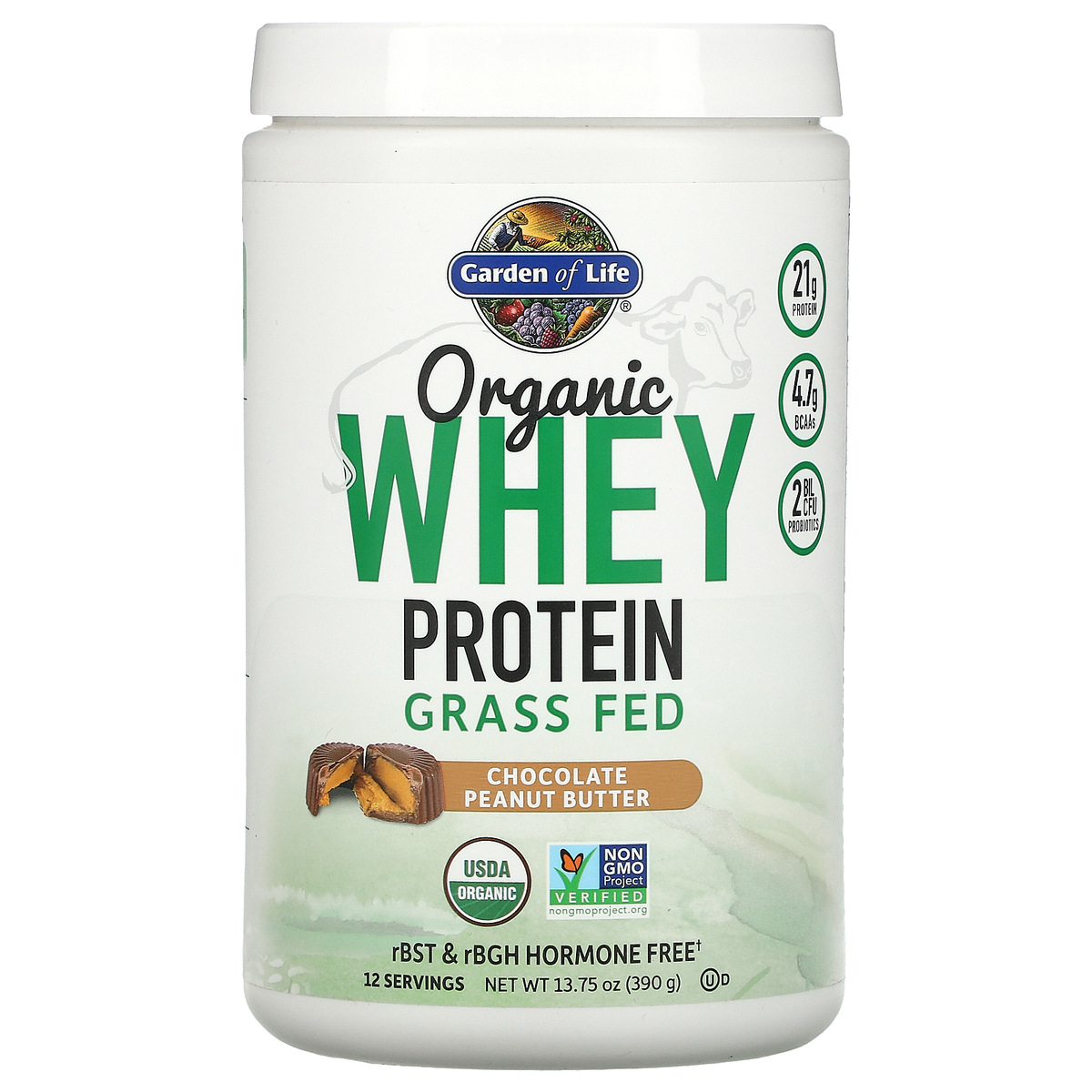

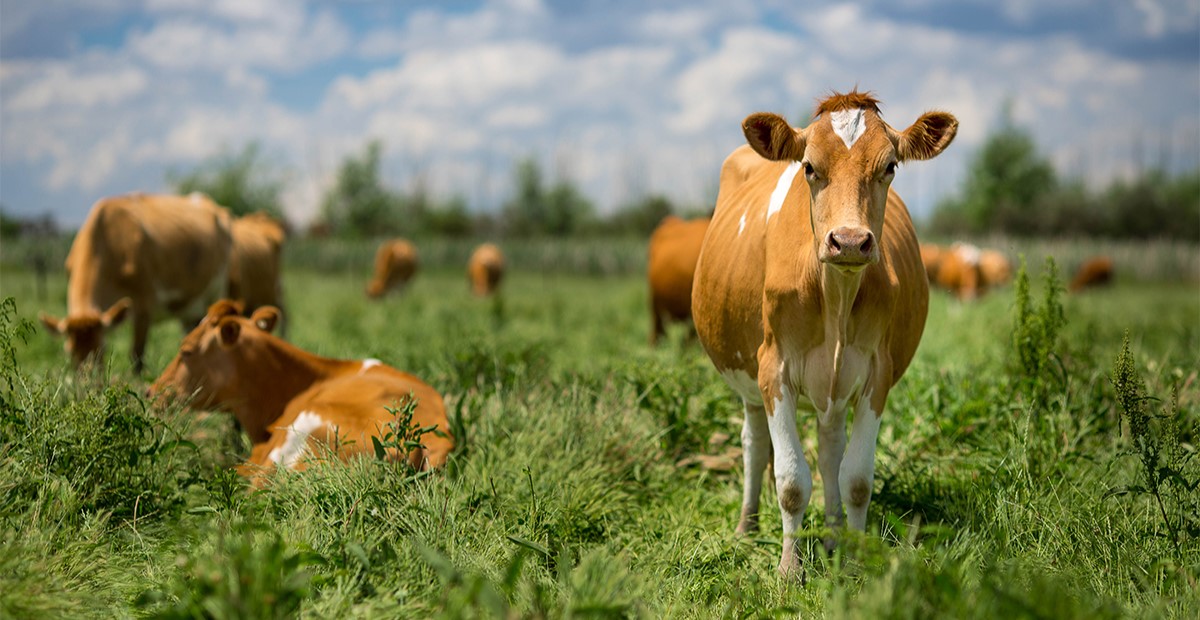

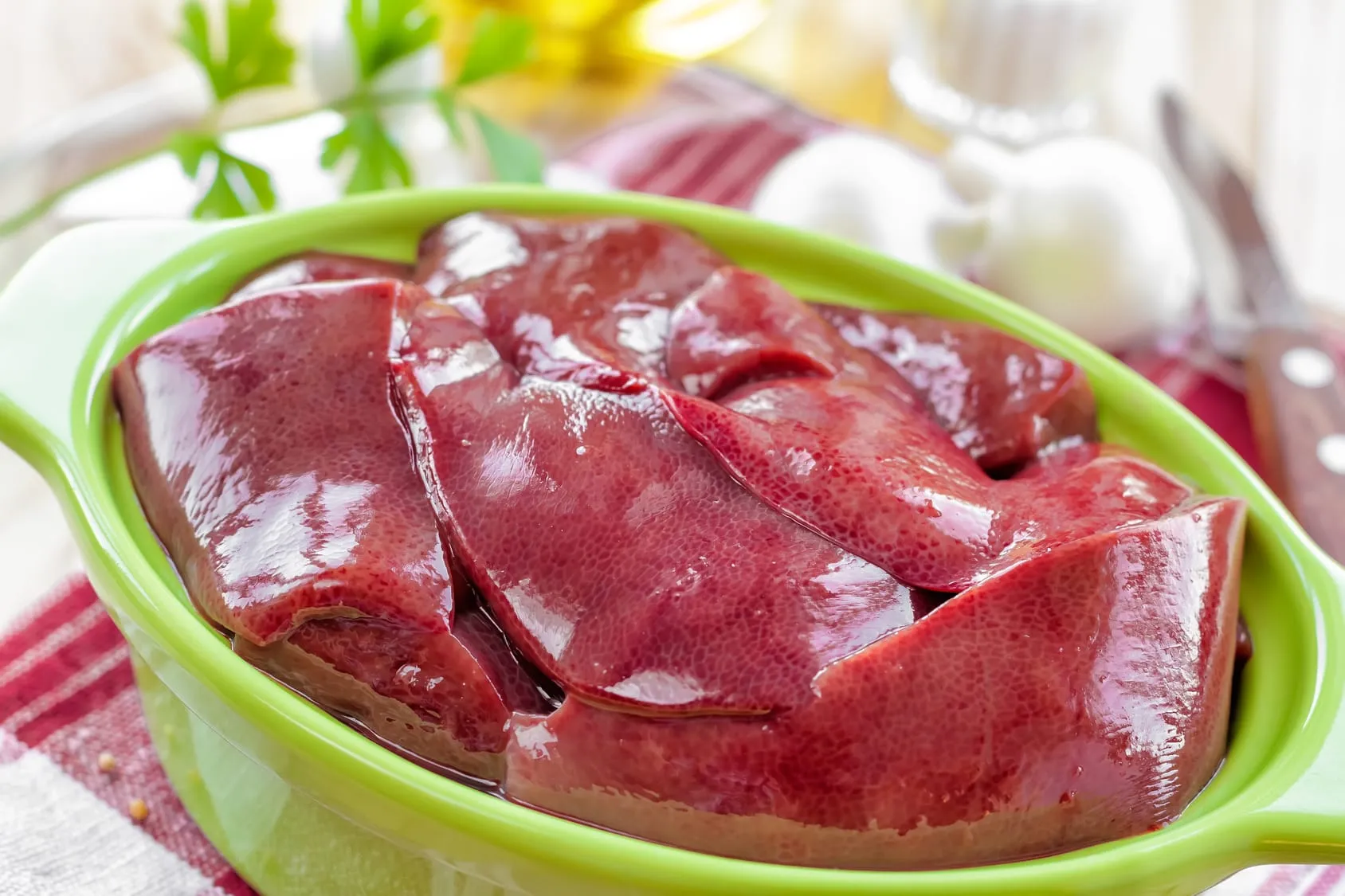
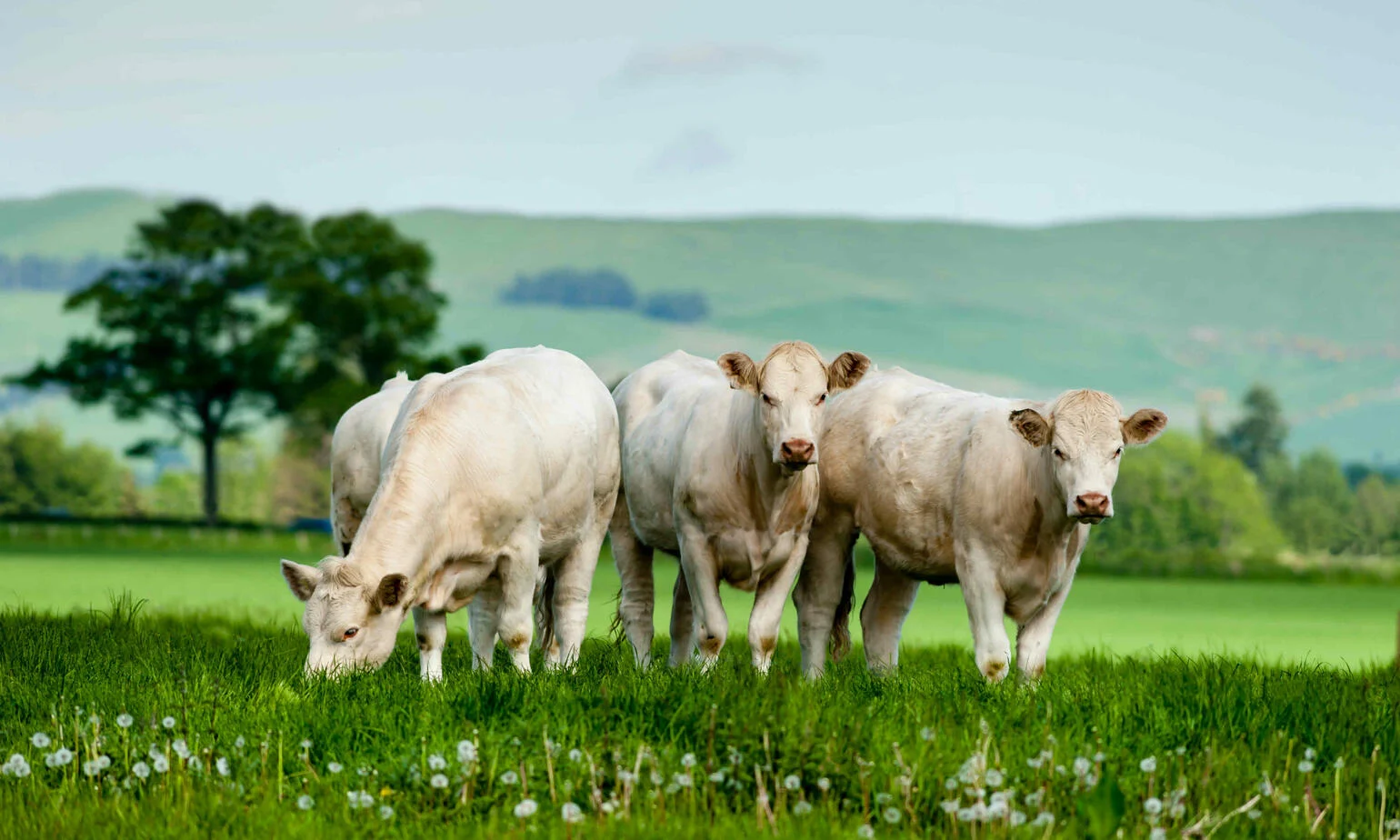
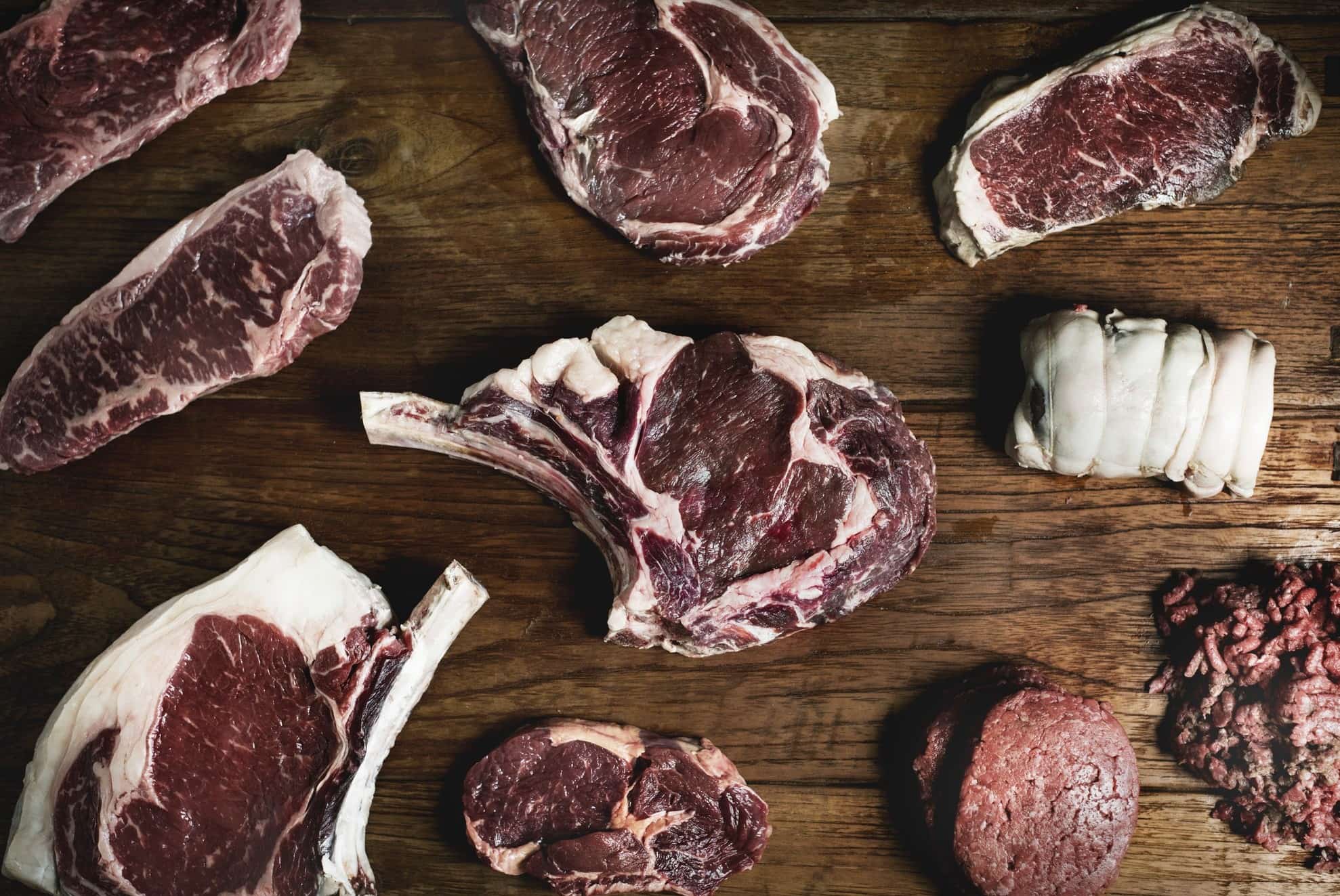
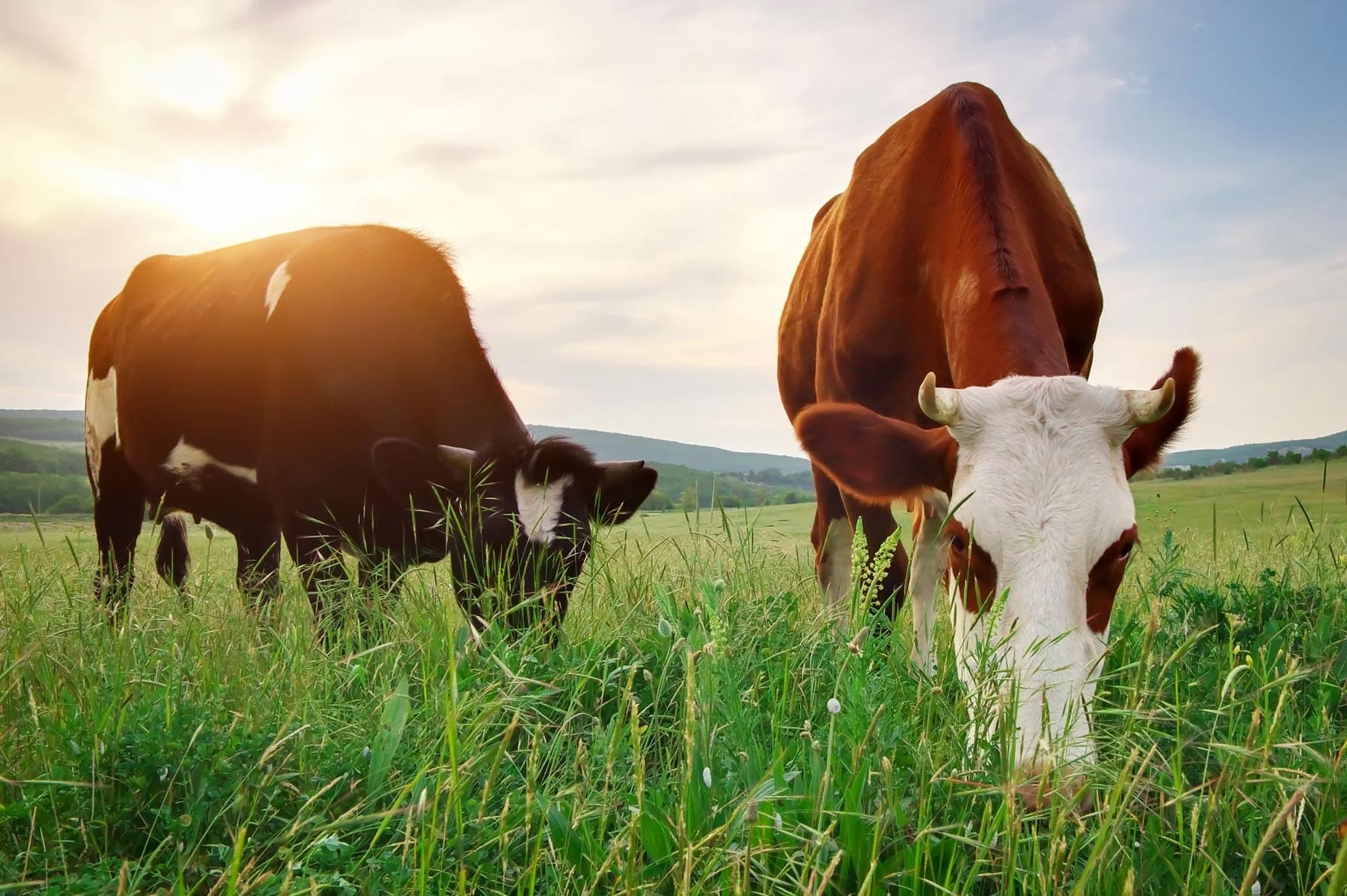

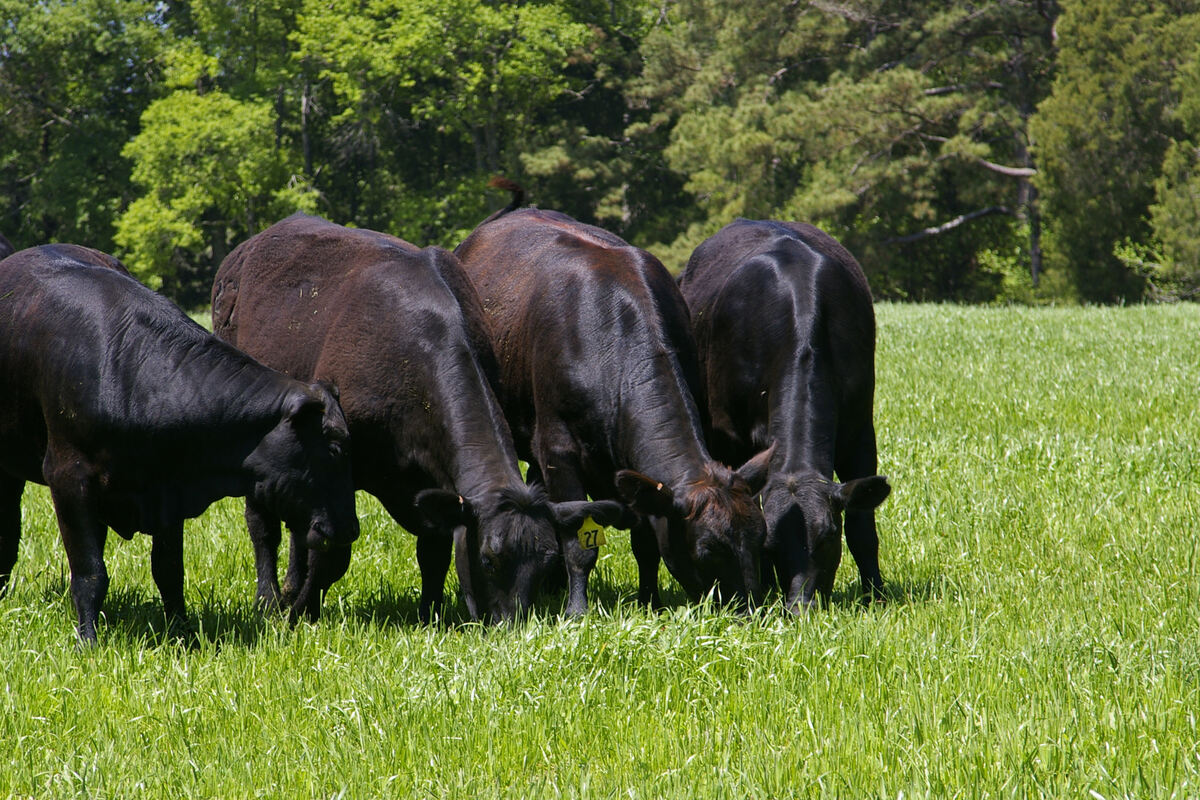
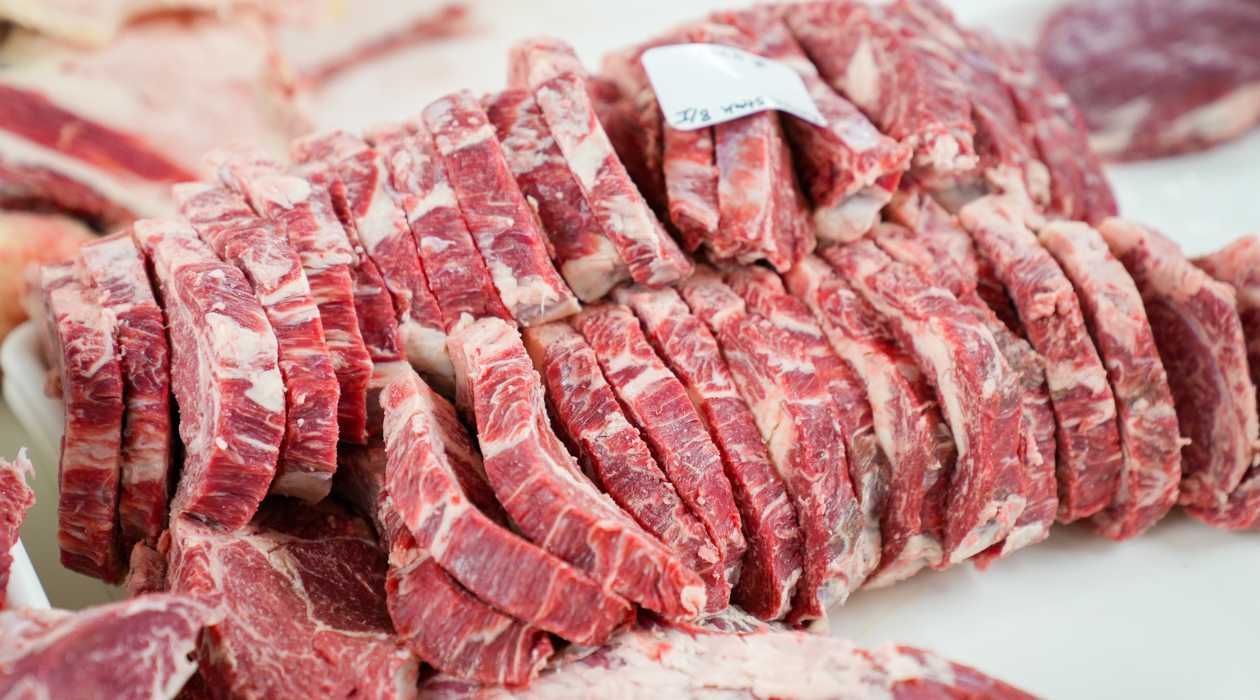
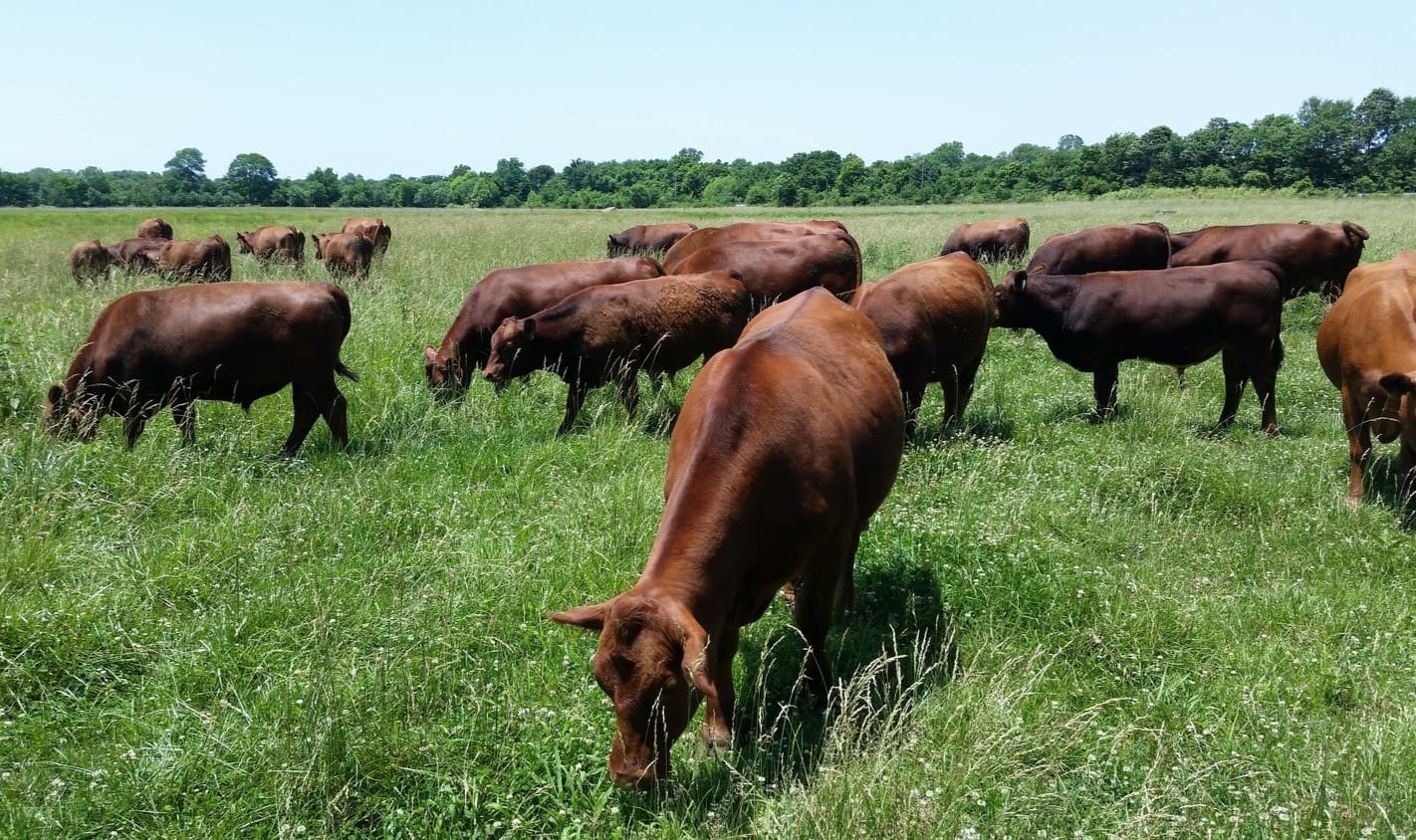
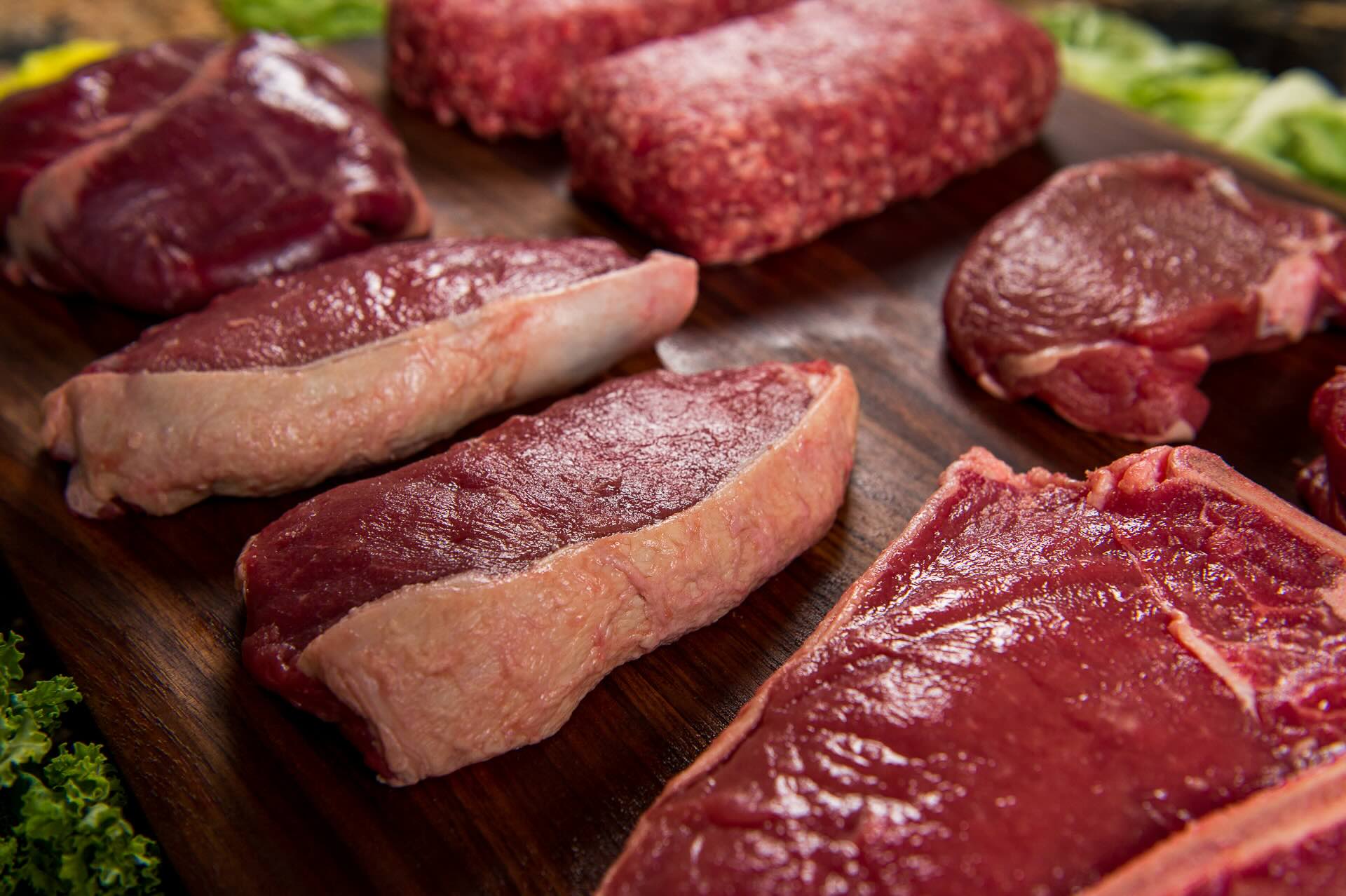
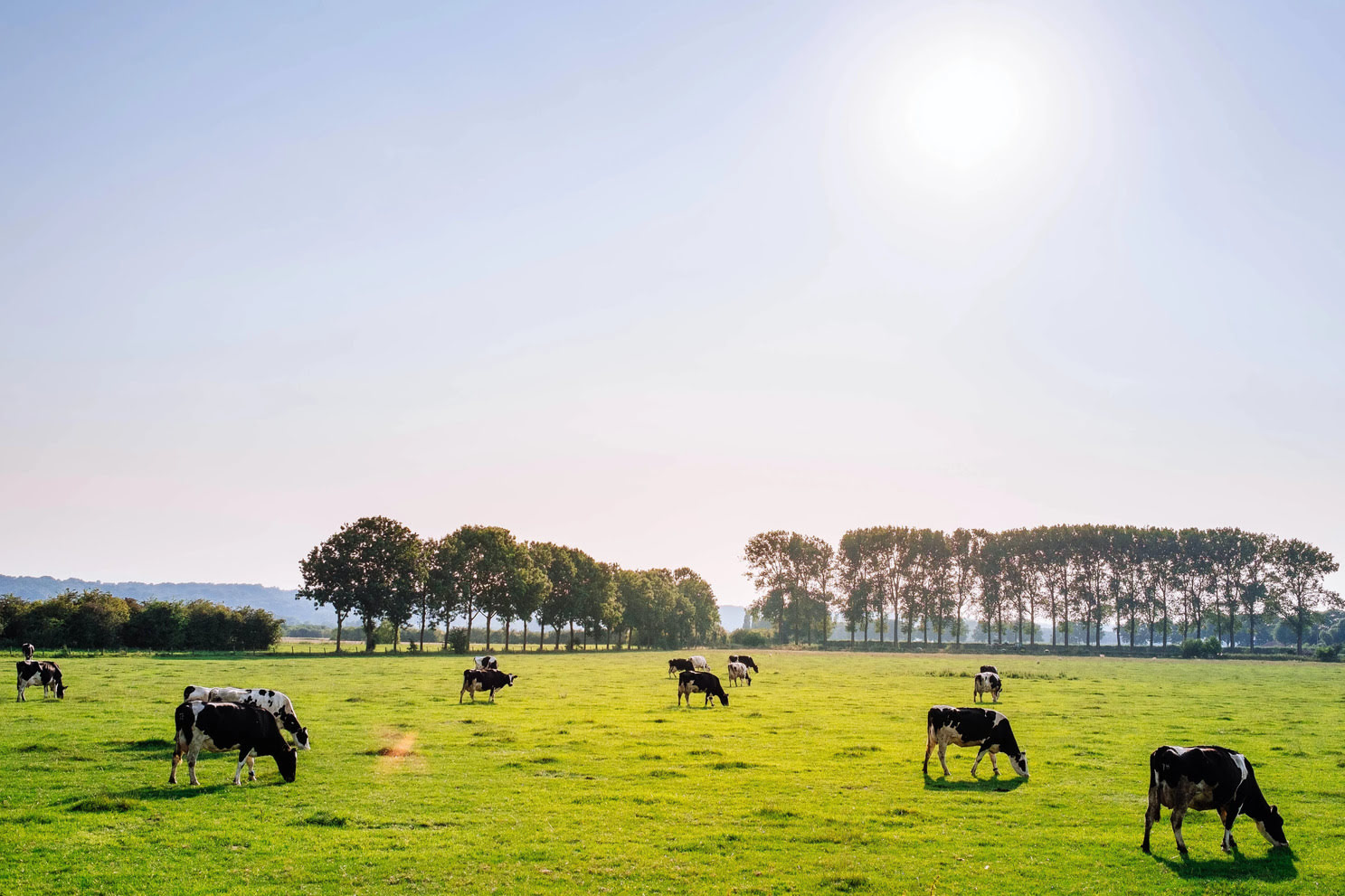

0 thoughts on “What Is Grass-Fed”